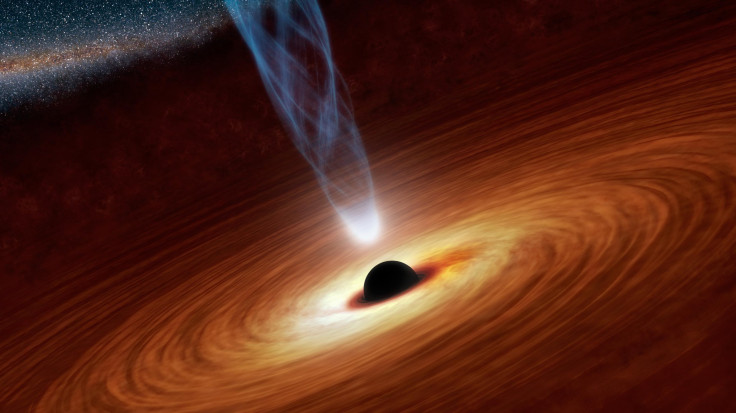Astronomers Discover Most Massive Black Hole In Local Universe

Astronomers just discovered a record-breaking black hole that makes our sun seem minuscule by comparison.
The ultra-massive black hole is now considered the most massive one known today in the local universe, or the section of the universe around us with a radius of about 1 billion light-years.
Most Massive Black Hole
The Abell 85 cluster of galaxies about 700 million light-years from Earth contains over 500 galaxies. That is about twice the distance for direct measurements of black hole masses, but the center of a particular galaxy, Holm 15A, got astronomers’ attention because it is extremely faint and diffuse. In fact, the diffuse region in the galaxy is so massive it is nearly as large as the Large Magellanic Cloud, raising the scientists' suspicions that there might be a massive black hole with a very high mass.
Using the Very Large Telescope as well as data from the Wendelstein observatory at Ludwig-Maximilians-University, the scientists performed a mass estimate of the suspected black hole based on the stellar motions around the core of the galaxy. Sure enough, the data revealed a black hole with a mass of 40 billion suns, making it the most massive black hole known today in the local universe, the section of the universe that can be observed in great detail.
“There are only a few dozen direct mass measurements of supermassive black holes, and never before has it been attempted at such a distance,” study lead Jens Thomas of the Max Planck Institute for Extraterrestrial Physics (MPE) and the University of Munich said.
“This is several times larger than expected from indirect measurements, such as the stellar mass or the velocity dispersion of the stars," study senior scientist Roberto Saglia of MPE explained.
That said, the black hole at the center of Holm 15A is still not the largest black hole ever detected. That title remains with the black hole that astronomers believe quasar TON 618 is rotating around. That ultramassive black hole is said to have the mass of 66 billion suns.
Galaxy Mergers
The scientists also found that the light profile in the inner core is also very flat, suggesting that the stars at the center were likely expelled from the area due to previous galaxy mergers. This is because when galaxies collide, the black hole at the center of the galaxy uses its gravity to essentially “slingshot” stars from the center of its new galactic pair. And when there is no more gas left in the center of the galaxy to form new stars, the core gets depleted.
Simply put, the researchers’ computer simulations of galaxy mergers established a relationship between the muted surface of a galaxy's depleted core and the mass of the black hole. Basically, in every merger, the galaxy center loses stars while the black holes gain mass.
According to researchers, the results of their study could be used to estimate black hole masses in other distant galaxies when direct measurements of stellar movement close to the black hole are not available or possible.
The paper is published in The Astrophysical Journal.
© Copyright IBTimes 2024. All rights reserved.





















